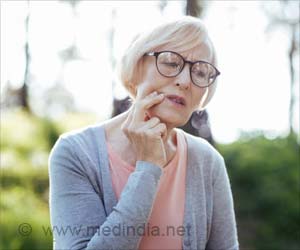Daniel Huy Nguyen of The Forsyth Institute, Cambridge, Mass., will present research titled Novel Pro-Resolving-Medicines in Periodontal Regeneration .

Polymorphonuclear leukocyte-derived NPRMs were developed to deliver the LXA4-analog to the site of surgery for the purpose of controlling inflammation and promoting tissue and bone growth. A mini-pig-model of chronic periodontitis was surgically created and progressed into chronic periodontal infrabony defects using wire ligatures. Sites (n=16) were treated with reflection of mucoperiosteal flaps, debridement of the periodontal defect and placement of 1) control, 2) NPRM, 3) LXA4 analog and 4) NPRM+LXA4 analog.
The animals were followed for three months. Clinical evaluations of periodontal measures were obtained and bone blocks were harvested containing surgical sites and subjected to micro-CT, histological and histomorphometric analyses.
Periodic clinical evaluations revealed that LXA4-analog treated groups exhibited complete wound healing with reduced inflammation when compared to control and NRPM-alone. All treatments showed significant pocket depth reductions without any statistical difference. Hematoxylin and Eosin stained sections from NPRM+LXA4 showed a well-organized and newly-formed interproximal bone close to the notch marked at surgery. Linear measurement of the distance between notch and bone crest in NPRM+LXA4 group revealed significant bone fill compared to control (0.6 ± 0.8mm vs. 0.075 ± 0.5mm, respectively; p<0.01). Van Gieson-stained undecalcified sections demonstrated similar findings with new bone and new connective tissue formation at the NPRM+LXA4-treated sites. Further, micro-CT reconstruction of 3D morphology revealed complex anatomical structure and guided histological evaluation.
Source-Eurekalert








